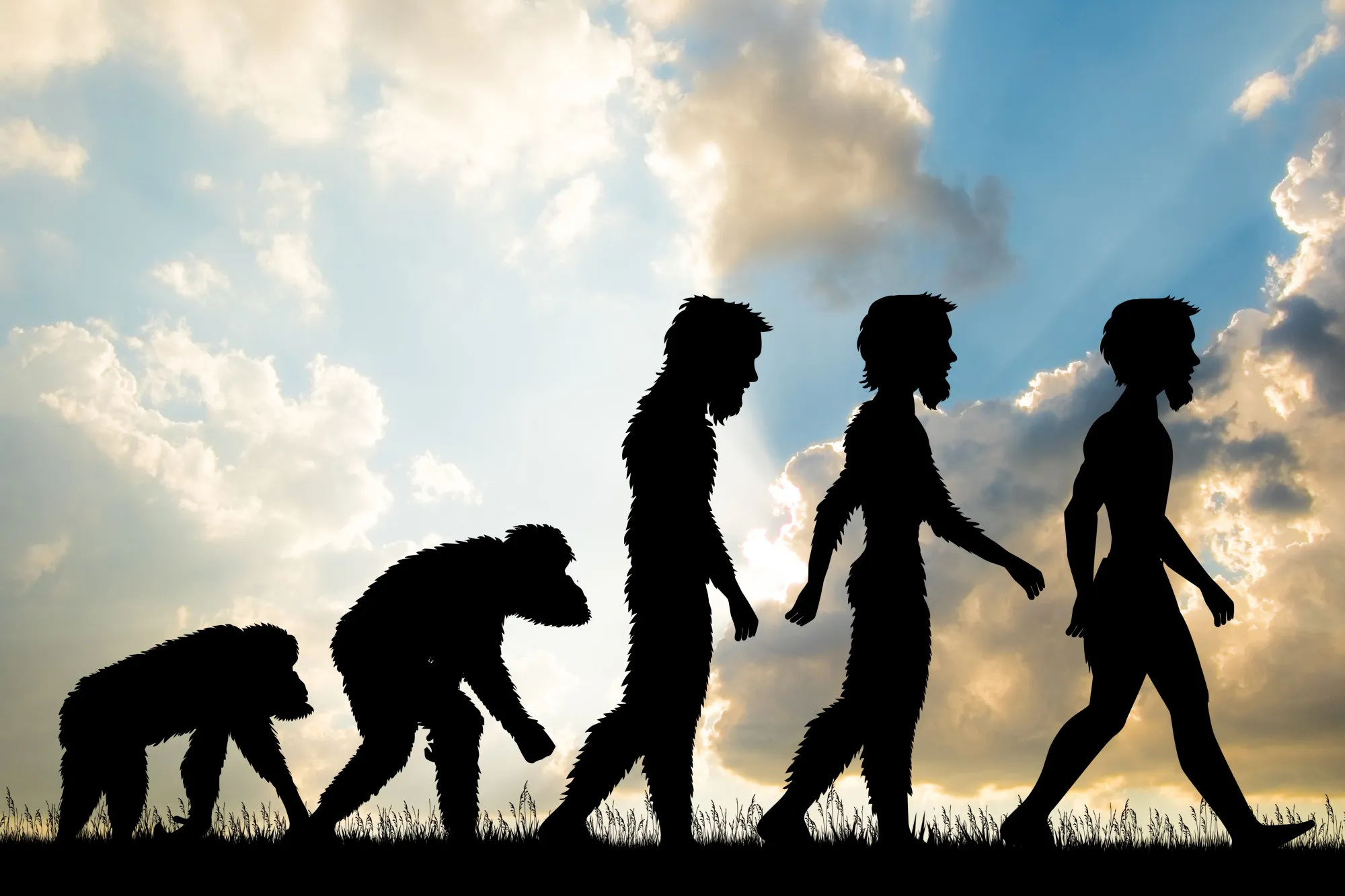A collaborative team of scientists from across the globe has unveiled a pioneering application of radio-isotopic dating techniques at the Yiyuan hominin fossil site in China. This has provided a more accurate age estimation that could reshape the understanding of Homo erectus history in Eastern Asia. The findings were reported in the prestigious journal, Scientific Reports, with the significant DOI reference: 10.1038/s41598-019-43401-5.
Discovered in Yiyuan County, the fossil record at the site includes a partial skullcap and several teeth that have fascinated paleoanthropologists since they were first unearthed. While previously assigned to the Middle Pleistocene era based on biostratigraphical correlation and ESR/U-series dating, doubts lingered regarding its precise chronology.
The recent application of aluminum and beryllium isotope analysis (26Al/10Be) – a cutting-edge radio-isotopic dating method – has now narrowed down the age of these crucial fossils. The method employed leverages the decay of these isotopes within the quartz grains found in sediment surrounding the fossils, providing a more reliable estimate of their burial age.
This groundbreaking study not only redefines the age of the Yiyuan hominin site but also recontextualizes the presence of Homo erectus in China. As the research, spearheaded by Dr. Guo Yun from the State Key Laboratory of Biogeology and Environmental Geology at the China University of Geosciences, enjoys the support from a host of international experts such as Professor Christopher J. Bae from the University of Hawai’i and Dr. Darryl Granger from Purdue University, it embodies the collaborative spirit of scientific inquiry.
The Importance of Accurate Dating
Dating hominin sites accurately is vital in the field of anthropology as it assists in discerning the timeline and dispersal of early human ancestors. The research team’s utilization of radio-isotopic dating at Yiyuan lends credence to the complexity of human evolution in Asia and aids in plotting a more accurate map of our ancestors’ journey across the continent.
In novel research supported by academic institutions worldwide, the Yiyuan hominin site has yielded dates that challenge previously held notions. As Dr. Sun Chengkai from the Shandong Museum points out: “The precision offered by the (26Al/10Be) dating method allows us not only to reassess the age of Yiyuan but also to place it within a global framework of human evolution.”
Implications for Hominin Evolution in China
China’s role in mapping the course of human evolution has surged to the forefront with these new findings. Previous studies reflected in works by scholars like Wu Xinzhi reveal the complexity of hominin presence in East Asia (Wu, X. Z. & Poirier, F. E. Human Evolution in China. Oxford University Press, 1995). The enhanced understanding of the Yiyuan site’s age provides researchers with more definitive evidence to analyze Homo erectus’s migration patterns and interaction with environmental changes.
Reference Works and Future Research
The significance of the research extends into the rich tapestry of previous works that delve into the human ancestral presence in China. Works by scholars such as R. Dennell and C. Bae highlight the depth of knowledge that existed prior to the new findings, which now must be revisited and potentially revised in light of the new data (Dennell R. Early Homo sapiens in China. Nature. 2010;468:512. doi: 10.1038/468512a.).
With the door open to using radio-isotopic dating methods like the one applied at Yiyuan more widely, the potential exists for new revelations at other hominin sites across the globe. This could lead to a reconfiguration of the evolutionary narrative that is both enlightening and necessary for the completeness of human history.
The Scientific Collaboration Behind the Discovery
The list of authors on the study is indicative of the transnational effort involved in securing and accurately dating the Yiyuan fossils. With contributions from leading Chinese institutions and universities, as well as international partners from the United States, the team’s effort reflects a global scientific community united in the pursuit of knowledge.
Dr. Tu Hua and Professor Lai Zhongping, both experts in their respective fields and key contributors to the study, underscore the importance of such collaborative efforts in pushing the boundaries of our understanding of early human history.
Challenges and Ethical Considerations
A study of this magnitude is not without its challenges. From the tedious process of unearthing and preserving delicate fossils to the intricacies of applying advanced dating techniques, the team faced a multitude of technical hurdles. Additionally, the maintenance of scientific integrity and the avoidance of competition-based biases were paramount, as reflected in the research’s declaration of no conflicting interests.
Looking Ahead: The Next Steps in Paleoanthropological Research
This breakthrough at Yiyuan propels forward the continual quest to map the journey of humankind. Researchers involved in the study are hopeful for the application of this dating method to further sites, potentially rewriting chapters of our distant past. As Dr. Shen Guanjun from Nanjing Normal University eloquently states, “The hominin fossil record is a puzzle of humanity’s earliest chapters, and each new piece, such as the one provided by Yiyuan, brings us closer to a complete picture.”
References
1. Dennell, R. (2010). Early Homo sapiens in China. Nature, 468, 512. doi: 10.1038/468512a.
2. Bae, C. J., Douka, K., & Petraglia, M. D. (2017). On the origin of modern humans: Asian perspectives. Science, 358. doi: 10.1126/science.aai9067.
3. Shen, G., et al. (2002). U-Series dating of Liujiang hominid site in Guangxi, Southern China. Journal of Human Evolution, 43, 817-829. doi: 10.1006/jhev.2002.0601.
4. Liu, W., et al. (2010). Human remains from Zhirendong, South China, and modern human emergence in East Asia. Proceedings of the National Academy of Sciences, 107, 19201-19206. doi: 10.1073/pnas.1014386107.
5. Granger, D. E., et al. (2015). New cosmogenic burial ages for Sterkfontein Member 2 Australopithecus and Member 5 Oldowan. Nature, 522, 85-88. doi: 10.1038/nature14268.
Keywords
1. Yiyuan hominin site
2. Homo erectus China
3. Radio-isotopic dating archaeology
4. Middle Pleistocene fossils
5. Human evolution East Asia
